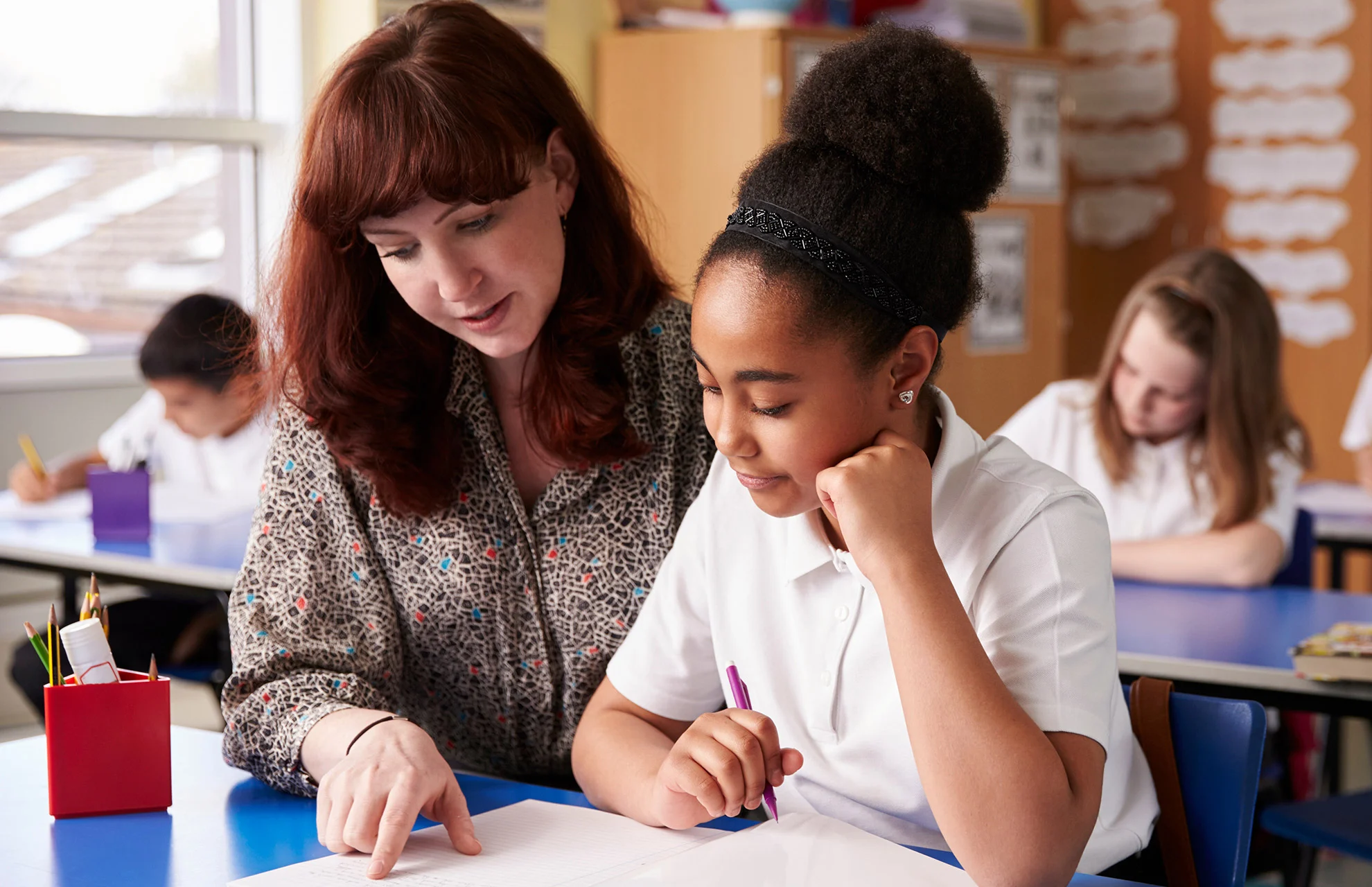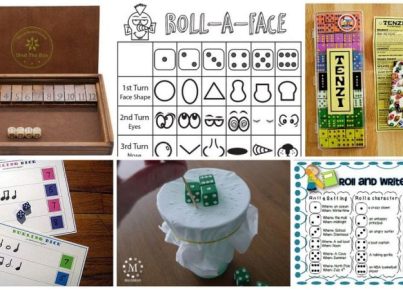Restorative justice is becoming an increasingly popular approach in schools and has the potential to transform the way discipline is handled. This article will provide teachers with an overview of what they need to know about restorative justice.
Restorative justice is a philosophy that focuses on repairing harm and restoring relationships when conflicts or incidents occur. It moves away from a punitive approach and instead emphasizes accountability, empathy, and healing. Rather than relying solely on traditional disciplinary measures like suspensions or expulsions, restorative justice seeks to address the root causes of behavior and create an environment where students can learn from their mistakes.
One key aspect of restorative justice is the use of circle discussions. These circles bring together all those affected by an incident, including the victim, the offender, and other members of the community. They provide a structured space for everyone to share their feelings, perspectives, and needs. The goal is to foster understanding and empathy, facilitating a dialogue that encourages healing and growth.
Restorative justice also emphasizes the importance of repairing harm. This can take various forms, such as apologies, restitution, or community service. By actively involving students in the process of making amends, restorative justice encourages them to take responsibility for their actions and reinforces the understanding that their behavior has consequences.
Implementing restorative justice in schools requires a shift in mindset and a commitment to building strong relationships among all members of the school community. It requires investing time in training staff on restorative practices and creating a culture that values open communication and collaboration.
Research has shown that restorative justice practices can lead to positive outcomes in schools. Students who have gone through restorative justice processes report higher levels of satisfaction and reduced rates of repeat offenses. Additionally, restorative justice has been found to reduce the disparities in disciplinary actions among different student populations, promoting a more equitable and inclusive school environment.
In conclusion, restorative justice offers a promising alternative to traditional disciplinary practices in schools. By focusing on repairing harm, fostering empathy, and building relationships, it has the potential to transform school climates and promote positive behavior. Teachers play a crucial role in implementing restorative justice practices and creating an environment where students can learn and grow from their mistakes.





